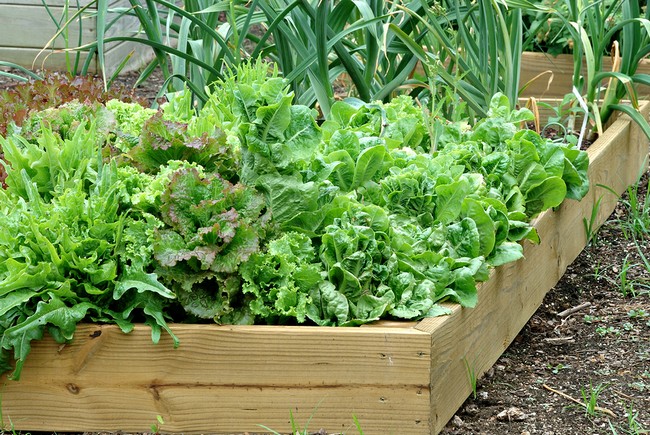- Make It Yourself Lavender Heart-Shaped Bath Bombs!
- 20 Things You Never Knew About “Down There”
- 12 Best Foods For Those Suffering From Arthritis Pain
- 12 Personal Hygiene Mistakes Almost Everyone Makes (Mom Never Told You About #4!)
- 15 Medicinal Plants And Herbs From The Cherokee People
- 12 Mind-Blowing Benefits Of Drinking Coconut Water During Pregnancy
- 12 Outstanding Winter Foods That Won’t Fatten You Up Like A Christmas Turkey
Top 10 High Yield Crops to Plant

Photo credit: bigstock.com
4. Tomatoes
The old garden stand-by. You can plant grape tomatoes or cherry tomatoes in containers and get tons of them right up until the first frost. These are great for canning or making into sauces for later use. Why pay 4 bucks for a small container of cherry tomatoes when you can buy a plant for a dollar or two, put it in a container and have all the cherry tomatoes you want, fresh and organic, all summer long? Other tomatoes are great in containers as well, just be sure that you water them well in the hottest months. Most tomatoes do need plenty of water and sun, but other than that, these are some of the easiest plants you will ever grow, and you will end up with so many tomatoes, that you might start to feel a bit Italian.
5. Peanuts
Peanuts require lots of hot weather and plenty of water, so these grow best in southern states. However, if you can grow them in your area, peanuts are one of the best crops you can grow in terms of not only yield, but nutritional value. You can get as much as 6 pounds per 100 square feet. Peanuts are high in fat, yet rich in protein and they keep forever. If you are a prepper, these are another good choice. Even if you’re not, imagine having truly fresh roasted peanuts for snacks, making your own peanut butter, or those peanut sauces for Thai food from your own fresh peanuts? Delicious!
6. Leaf Lettuce
Now, these are best grown in areas where it isn’t quite so hot. The cool thing about leaf lettuce is that you can harvest the leaves whenever you like, and more will grow back in their place. You simply need to be certain that you don’t cut the crown. Snip some leaves for your salad, and they will grow back in a matter of days! Some of the best leaf lettuce varieties are Oak Leaf, Mesclun, and Red Sails.
7. Sunflowers
Not only are these pretty plants easy to grow, the seeds are high in healthy fats and proteins. You can get about 2 pounds of sunflower seeds (and that’s a whole lot of seeds!) from just 100 square feet.
Continue to Page 3
































